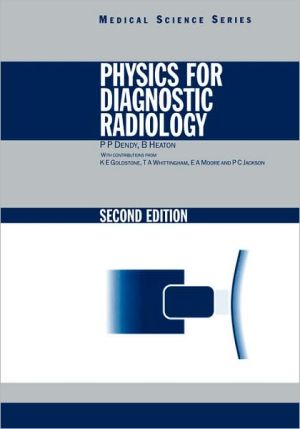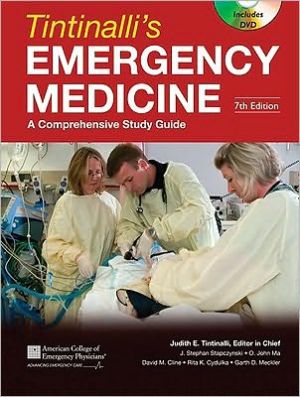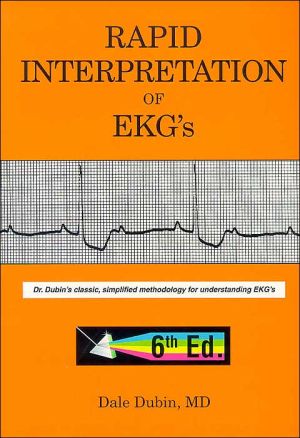Physics for Diagnostic Radiology, Second Edition
Physics for Diagnostic Radiology, Second Edition is a complete course for radiologists studying for the FRCR part one exam and for physicists and radiographers on specialized graduate courses in diagnostic radiology. It follows the guidelines issued by the European Association of Radiology for training. A comprehensive, compact primer, its analytical approach deals in a logical order with the wide range of imaging techniques available and explains how to use imaging equipment. It includes the...
Search in google:
Physics for Diagnostic Radiology, Second Edition is a complete course for radiologists studying for the FRCR part one exam and for physicists and radiographers on specialized graduate courses in diagnostic radiology. It follows the guidelines issued by the European Association of Radiology for training. A comprehensive, compact primer, its analytical approach deals in a logical order with the wide range of imaging techniques available and explains how to use imaging equipment. It includes the background physics necessary to understand the production of digitized images, nuclear medicine, and magnetic resonance imaging. Acta Radiologica The book is well written and I recommend it not only to radiologists in training but also to experienced radiologists and to X-ray technicians who would like to update their knowledge in the physics of radiology.
List of ContributorsAcknowledgmentsIntroduction11Fundamentals of Radiation Physics and Radioactivity32Production of X-Rays203Interaction of X-Rays and Gamma Rays with Matter594The Image Receptor835The Radiological Image1146Radiation Measurement and Doses to Patients1357Diagnostic Imaging with Radioactive Materials1638Assessment and Enhancement of Image Quality1929Special Radiographic Techniques21910Tomographic Imaging24911Radiobiology and Radiation Risks27912Practical Radiation Protection and Legislation30613Diagnostic Ultrasound33014Magnetic Resonance Imaging378Appendix408Answers425Index428
\ From The CriticsReviewer: E. Russell Ritenour, PhD(University of Minnesota School of Medicine)\ Description: This book is part of the Medical Science Series, the official book series of the International Federation for Medical and Biological Engineering (IFMBE) and the International Organization for Medical Physics (IOMP). As such, it is well edited and reflects a consensus on the cannon of knowledge that is essential for the radiologist.\ Purpose: The purpose is to help prepare radiologists-in-training for the Fellowship Exam of the Royal College of Radiologists in the U.K.\ Audience: This book is intended primarily for use by radiologists in training. The secondary audiences include radiographers in training and medical physicists at the entry level. \ Features: The text is comprehensive, as the basics of the atom, the nature of radiation, production of radiation and its interaction with matter, image receptors, image quality, equipment, modalities of imaging, and radiation safety are all covered. Changes since the 1987 first edition include more material on patient dose and mammography, a new section on digital imaging, and updates of material in ultrasound and magnetic resonance imaging.\ Assessment: One of the most useful features is the amount of review material. A series of discussion questions are given at the end of each chapter and six to fourteen "multiple choice" (actually multiple true/false) questions per chapter are listed in an appendix, with an answer key for all questions and explanatory footnotes for some. One of the few drawbacks of this text is the disappointingly small number of medical images used to illustrate principles. I counted only five images, two of which were of test objects. On the whole, I found the material to be authoritative, comprehensive, and accurate. While it would be useful outside of the U.K. for supplementary reading or as a source of extra material for an instructor, additional information would be needed, as some of the material, such as specific radiation standards and legislation, is specific to the U.K.\ \ \ \ \ E. Russell RitenourThis book is part of the Medical Science Series, the official book series of the International Federation for Medical and Biological Engineering (IFMBE) and the International Organization for Medical Physics (IOMP). As such, it is well edited and reflects a consensus on the cannon of knowledge that is essential for the radiologist. The purpose is to help prepare radiologists-in-training for the Fellowship Exam of the Royal College of Radiologists in the U.K. This book is intended primarily for use by radiologists in training. The secondary audiences include radiographers in training and medical physicists at the entry level. The text is comprehensive, as the basics of the atom, the nature of radiation, production of radiation and its interaction with matter, image receptors, image quality, equipment, modalities of imaging, and radiation safety are all covered. Changes since the 1987 first edition include more material on patient dose and mammography, a new section on digital imaging, and updates of material in ultrasound and magnetic resonance imaging. One of the most useful features is the amount of review material. A series of discussion questions are given at the end of each chapter and six to fourteen ""multiple choice"" (actually multiple true/false) questions per chapter are listed in an appendix, with an answer key for all questions and explanatory footnotes for some. One of the few drawbacks of this text is the disappointingly small number of medical images used to illustrate principles. I counted only five images, two of which were of test objects. On the whole, I found the material to be authoritative, comprehensive, and accurate. While it would be useful outside of the U.K.for supplementary reading or as a source of extra material for an instructor, additional information would be needed, as some of the material, such as specific radiation standards and legislation, is specific to the U.K.\ \ \ Acta RadiologicaThe book is well written and I recommend it not only to radiologists in training but also to experienced radiologists and to X-ray technicians who would like to update their knowledge in the physics of radiology.\ \ \ \ \ BooknewsA compact primer to help radiologists prepare for Part One of the Fellowship examination of the Royal College of Radiologists in Britain, and for medical physicists and radiographers in training, but also suitable for candidates for the American College of Radiology accreditation. Seven authors contribute their knowledge of their specialties, providing an analytical approach to the physics needed in the wide range of imaging techniques available. They incorporate changes in the field and the exam since the 1987 first edition, and also expand to a larger readership. Annotation c. Book News, Inc., Portland, OR (booknews.com)\ \ \ \ \ 3 Stars from Doody\ \








